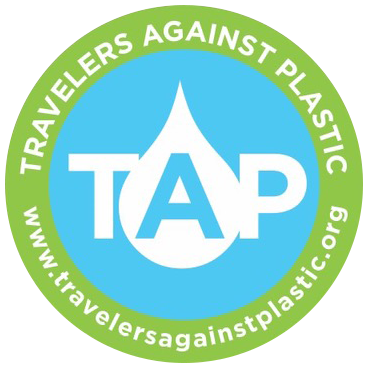By Bethany Holtz - Outreach Manager
Easter is hopping up on us once again, but let's not let the plastic bunny take over this year. Instead of hopping down the plastic path, let's hop on the plastic-free trail and make this Easter a celebration of sustainability! Here are some clever ideas to get you started.
Easter Baskets: Instead of using plastic baskets that will end up in the landfill, invest in a reusable basket that can be used for many Easters to come. Baskets made from natural materials like wicker, wood, bamboo, and even fabric are great choices. You can even make your own basket using recycled materials like cardboard or fabric.
Easter Eggs: What’s an Easter without a hunt for brightly colored eggs? These eggs don’t have to be made from plastic though. There are many sustainable options including wooden and paper eggs. If you have plastic eggs, don’t throw them out. Reuse the plastic eggs you have for as long as possible. When you inevitably lose half of an egg, don’t be afraid to mix and match the pieces for a more colorful egg hunt.
Candy/Treats: Easter ranks second to Halloween for the most amount of candy consumed on a holiday. Avoid buying plastic-wrapped candy and chocolate to fill your eggs and baskets. There are plenty of easy recipes online for Easter-themed treats like hot cross buns, carrot cake, and homemade chocolates that you can make at home. If you can’t avoid store bought candies, buy them in bulk so that each induvial piece is not wrapped in plastic.
Easter Grass: When it comes to filling your Easter baskets, plastic grasses seem like the natural choice but these grasses are anything but natural. These grasses will take years to break down in landfills. They are also a hazard to household pets and birds making nests. Luckily, there are many sustainable options like paper grasses, real straw, or wheatgrasses. You can also make your own from old newspapers.
Gifts: If you’re giving Easter gifts, opt for eco-friendly options like reusable water bottles, cloth napkins, or beeswax wraps. You can also consider giving experiences like tickets to a show or a fun day out rather than physical gifts. For kids, fill their baskets and eggs with items like toy cars and coloring supplies which will last longer than candy.
Decorations: Instead of buying plastic eggs or other plastic decorations, opt for natural materials like real eggs, flowers, leaves, and twigs. You can paint and decorate real eggs, make a wreath from flowers, or create a centerpiece with natural elements.
Dyeing Eggs: If you want to dye Easter eggs, use natural dyes like beetroot, turmeric, or spinach. This is a fun activity to do with kids and it’s a great way to avoid using artificial dyes that can be harmful to the environment.
Easter Dinner/Brunch: If you’re buying food for Easter brunch or dinner, try to shop at local markets or farmers’ markets instead of big supermarkets. This supports local businesses and reduces the carbon footprint of transporting goods from far away.
Reuse and Recycle: After Easter, make sure to reuse or recycle as much as possible. You can use leftover Easter eggshells as compost, recycle cardboard boxes, and donate unwanted items to charity. Make sure to pack away your extra decorations, baskets, and eggs to reuse for next year!
By following these tips, you can have a plastic-free Easter that’s both enjoyable and sustainable. Let’s all do our part to reduce plastic pollution and protect our planet for future generations. Happy Easter!

